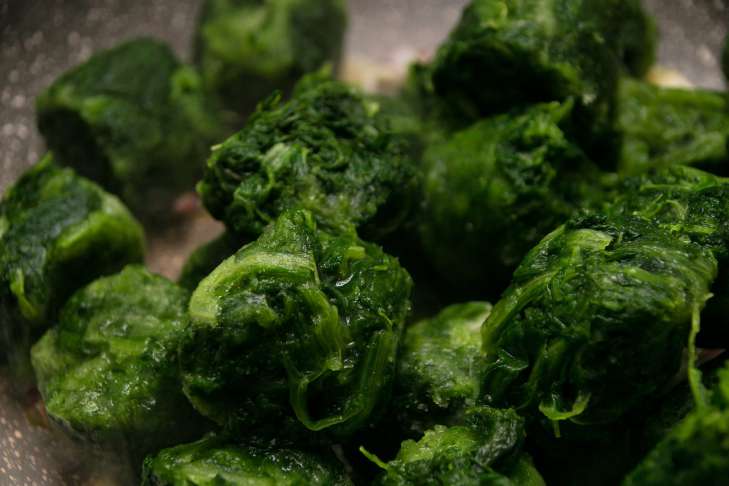Folic acid restores the immune system, supports the functioning of the heart and blood vessels, ensures the formation of blood cells (erythrocytes) in case of iron deficiency in the body, and takes part in the synthesis of nucleic acids and amino acids, purine and pyrimidine bases.
Where is folic acid found
The largest amount of folic acid is found in leafy vegetables (lettuce, spinach), legumes, mushrooms, eggs, organ meats (liver, kidneys), and yeast.
During cooking, some folates are destroyed - when cooking vegetables and meat, the loss of folic acid reaches 70-90%, when cooking eggs - 50%.

Oranges, grapefruits, lemons and limes are excellent sources of folic acid.
One large orange contains 55 mcg, or about 14% of your daily requirement.
Lentils belong to the legume family and are rich in folic acid.
One cup of cooked lentils contains 358 micrograms (mcg) of folate, which is 90% of the recommended daily value for the average healthy adult.
What are the dangers of low folic acid levels
Folate deficiency can cause glossitis, diarrhea, depression and confusion.
Folic acid is involved in the synthesis of hemoglobin, therefore it is indispensable in erythropoiesis.
Folic acid prevents the development of megaloblastic hyperchromic anemia and also reduces cholesterol levels in the blood serum.
We previously talked about loss of appetite.












